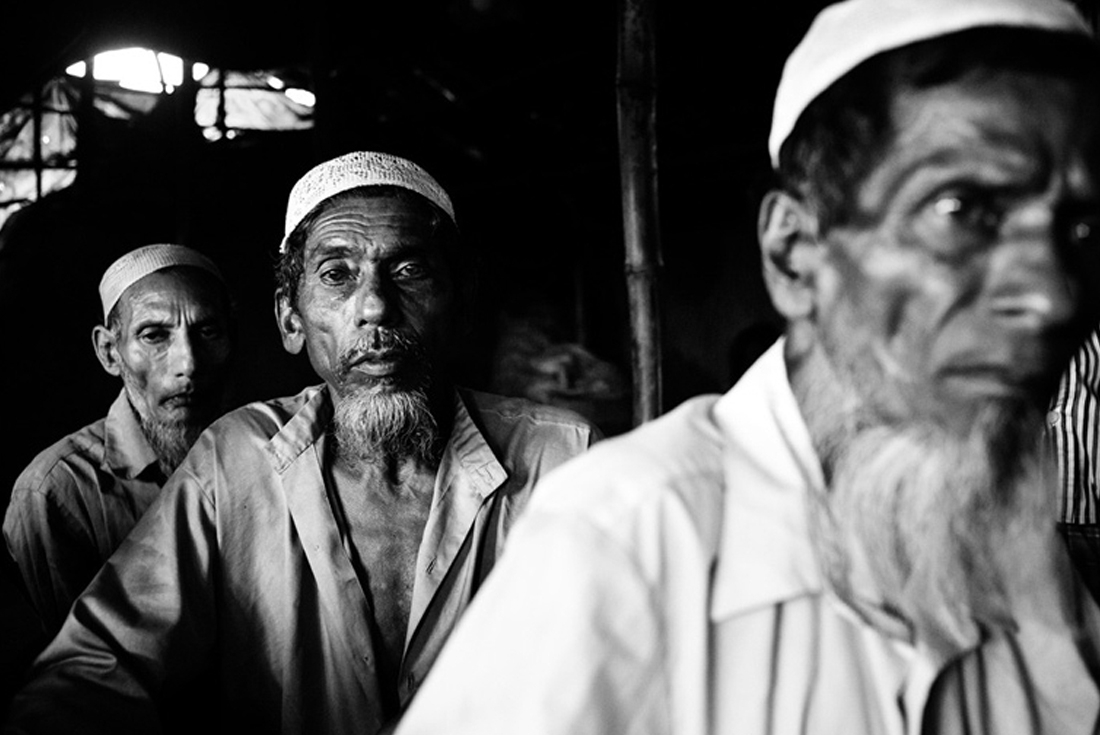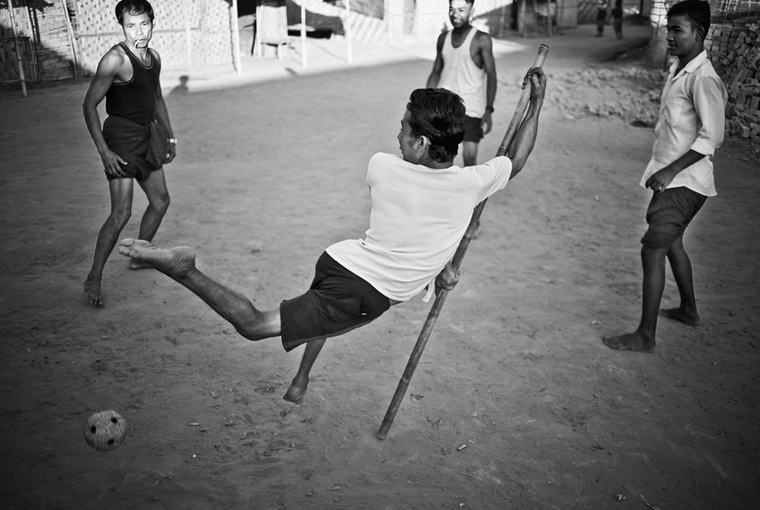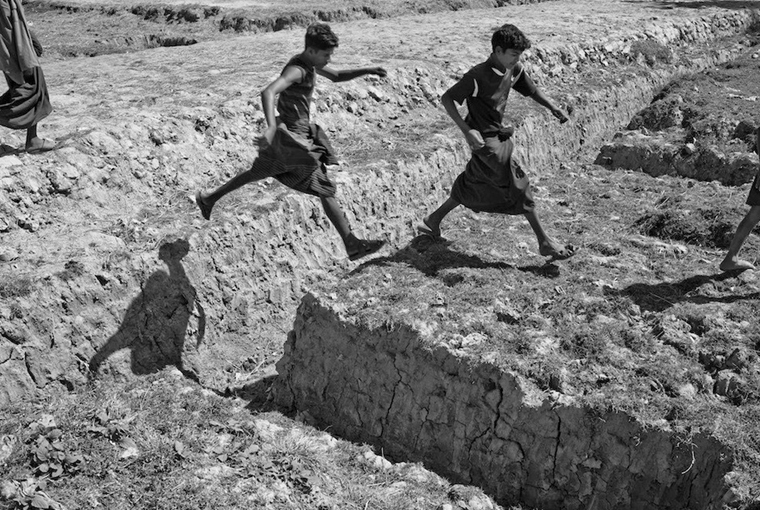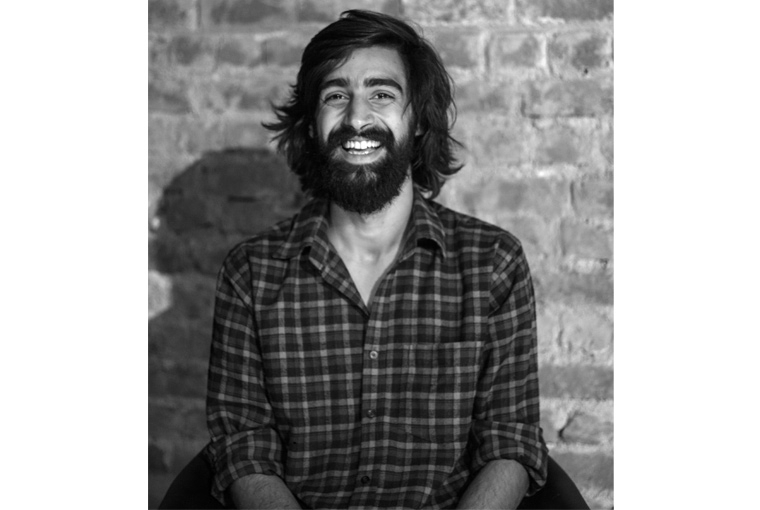

Who are you? Where does your name come from? Where has your family lived for most of their lives? Who are your ancestors? Where do you hail from? Where do you belong?
These questions are all linked to one thing – land. Identity, race, culture, and even discrimination — they are all related to the land that calls you its own.
The Rohingyas of Myanmar live their lives in a strange conundrum. The name of their tribe indicates the Arakan or the Rakhine state that they belong to, but they don’t live there. They live in camps, they live in the margins, and they live along invisible lines drawn between their country and a few polite others. They live at the mercy of their killers.
But, they live with grace. They live with a dignity that is almost kingly. They struggle, many of them never meet their family members for years, sometimes meeting them only in death, or not even that, but they persevere.

There is nothing beautiful about trying to save your own life from extinguishing, but the Rohingyas make it seem graceful, they make it seem less dirty, perhaps.
This is an exploration of the quiet afternoons of the Santoli village, the last village to be struck by an ethnic cleansing so violent that it wiped out 300–400 people and caused several hundreds from the entire Rakhine state to vanish into thin air. This is a journey into the camps of Sittwe, and into all the families that try to live life as usual, remembering the loved ones they lost.
This is a trip down Mae Sot’s leafy lanes — a place so expressive of Thailand’s beauty that one almost forgets that it houses thousands of ‘internally displaced people’ – IDP’s. Amongst these milling hordes of refugees, the Rohingyas try to make their own homes, even as statistics reduce them to a mere percentage.

This is not the story of one country or one race, this is the story of land, and how it can live on its people. Regardless of whether the Rohingyas are uprooted from Myanmar and forced to take root in Thailand, Bangladesh or even India, the Rakhine states live on.

Nirvair Singh Rai
Nirvair Singh Rai is a young independent photographer, exploring various visual languages of photography and videography. Traveling in the south Asian belt, after finishing his three years of photography course from Pathshala, in Dhaka, Bangladesh. His work ranges from Documentary, fashion, wildlife, commercial, and believes in putting no tags to photography. He dictates stories through his images and is so easily able to connect us to the place and the people he captures in his pictures.
Text Ambarin Afsar